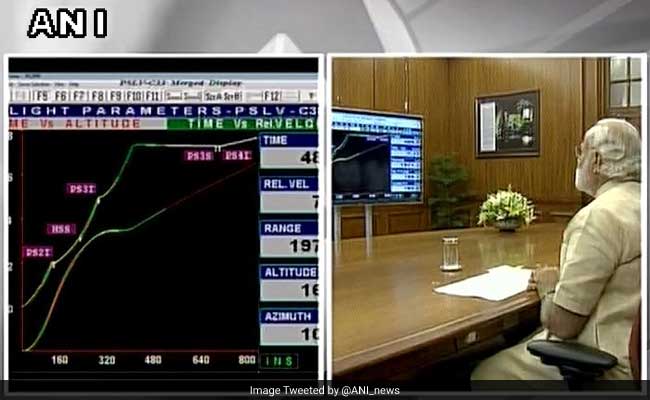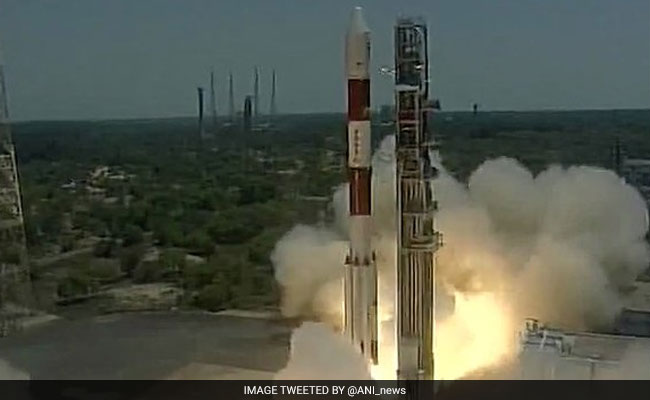The last of the of Regional Navigation Satellite System - IRNSS-1G - was launched on board the PSLV-C33.
- The satellite called Navic, was built with a cost of over 1400 crores
- Navic makes India one of 5 countries to have its own navigation satellite
- The network of satellites will be operational in a month's time
Did our AI summary help?
Let us know.
Chennai:
India moved closer to realising its own navigation satellite system similar to the American Global Positioning System or GPS with the launch of its seventh and final satellite in a series from Sriharikota in Andhra Pradesh today.
Prime Minister Narendra Modi, who watched the launch via a live video link, congratulated scientists at India's space agency ISRO and said the system would make India independent in navigation.
"We used to be dependent on others for navigation, today we have become independent. This system is dedicated to our sailors and the world will know the system as Navic," PM Modi said.
 When the IRNSS-1G becomes operational in about a month's time, the Indian Regional Navigation Satellite System or IRNSS would offer a host of services like terrestrial and marine navigation, disaster management, vehicle tracking and fleet management and navigation for drivers.
When the IRNSS-1G becomes operational in about a month's time, the Indian Regional Navigation Satellite System or IRNSS would offer a host of services like terrestrial and marine navigation, disaster management, vehicle tracking and fleet management and navigation for drivers.
The successful launch made India one of the five countries in the world to have its own network of navigational satellites, PM Modi said. The system would also be made available to neighbouring South Asian countries, he announced.
 According to ISRO officials total cost of all the seven satellites is Rs 1,420 crore. ISRO's workhorse Polar Satellite Launch Vehicle (PSLV-C33) lifted off from the the Satish Dhawan Space Centre in Sriharikota, about 110 km from Chennai, at 12.50 PM and soared into clear skies.
According to ISRO officials total cost of all the seven satellites is Rs 1,420 crore. ISRO's workhorse Polar Satellite Launch Vehicle (PSLV-C33) lifted off from the the Satish Dhawan Space Centre in Sriharikota, about 110 km from Chennai, at 12.50 PM and soared into clear skies.
Prime Minister Narendra Modi, who watched the launch via a live video link, congratulated scientists at India's space agency ISRO and said the system would make India independent in navigation.
"We used to be dependent on others for navigation, today we have become independent. This system is dedicated to our sailors and the world will know the system as Navic," PM Modi said.

PM Modi watched the launch via a live video link.
The successful launch made India one of the five countries in the world to have its own network of navigational satellites, PM Modi said. The system would also be made available to neighbouring South Asian countries, he announced.

The satellite was launched on Thursday afternoon.
Track Latest News Live on NDTV.com and get news updates from India and around the world

